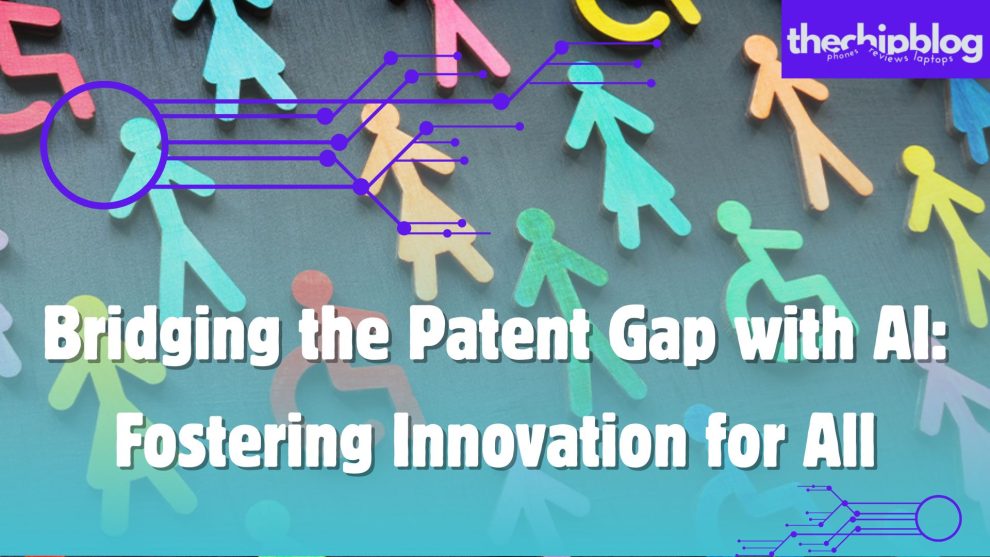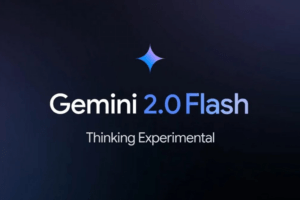The U.S. patent system aims to drive technological progress by rewarding innovation. However, for underrepresented groups, including women, minorities, and independent inventors, significant barriers exist in obtaining patent protection.
From prohibitive costs to implicit biases, the current system often stifles the creativity of those with limited resources. This prevents diverse perspectives from shaping the innovation landscape.
Artificial intelligence (AI) offers immense potential to transform patent accessibility. As this blog explores, responsible implementation of AI tools can make patent processing more inclusive, empowering underrepresented voices to reap the fruits of their ingenuity.
The Patent Gap: Why It Matters
Patents confer critical legal rights to inventors. They provide intellectual property protection and exclusive rights to commercialization. Securing patents can translate to competitive advantages in the marketplace.
However, significant disparities exist. Studies indicate only 13% of U.S. patent holders identify as female. The numbers are even lower for Hispanic, Black and Native American inventors.
Such low participation hinders economic mobility and growth. It deprives society of unique perspectives that can drive technological breakthroughs. Bridging this patent gap is essential for just, equitable progress.
Key Barriers Facing Underrepresented Groups
Underrepresented groups seeking patents face three main obstacles:
- Financial Barriers – Patent filing and legal processes cost thousands of dollars, pricing out disadvantaged inventors.
- Knowledge Gap – Navigating patent complexity requires expertise many lack access to.
- Systemic Biases – Studies suggest racial and gender bias may contribute to lower patent approval rates.
These barriers reinforce cycles of disadvantage, stifling creativity among vulnerable communities.
How AI Can Expand Access and Inclusion
AI-based tools offer solutions to overcome patent system barriers through automation and smart guidance. They can:
- Reduce Costs – AI can automate expensive tasks like prior art searches and document filing.
- Bridge Knowledge Gaps – Intuitive AI assistants can guide users through complex patent processes.
- Mitigate Bias – Algorithms can be designed to evaluate applications fairly and objectively.
Democratizing access in these ways allows more inventors to bring ideas to fruition regardless of background or resources.
Early Signs of Progress
Initial applications of AI showcase vast promise in making patents more accessible:
- USPTO Patent Bot – An AI chatbot assists inventors by answering common application questions.
- IBM AI Patent Drafting – Machine learning streamlines time-consuming documentation processes.
- Lex Machina Patent Analytics – Data mining algorithms help assess patentability of inventions.
As AI capabilities grow more advanced, the opportunities to close accessibility gaps will only expand further.
Realizing Equitable AI Potential Responsibly
While promising, achieving equitable patent AI requires responsible implementation. Key considerations include:
- Algorithmic Fairness – Systems must be designed proactively to mitigate bias in decision-making.
- Inclusive Data Practices – Training data diversity is vital to prevent biased outcomes.
- Access and Affordability – Benefits must extend affordably to underserved communities.
- Accountable AI – Mechanisms like impact assessments and oversight help ensure accountability.
Fostering innovation equitably requires collaboration across private, public and social sectors. Shared responsibility can help patent AI live up to its immense potential.
The Road Ahead: An Inclusive Innovation Frontier
Patent policy plays a pivotal role in determining who gets to shape technological progress. As AI transforms patent ecosystems, we have an opportunity to rewrite longstanding inequities.
Responsible patent AI can empower underrepresented inventors, allowing more diverse innovation to thrive. With inclusive implementation, artificial intelligence can help build an innovation system for all.
















Add Comment